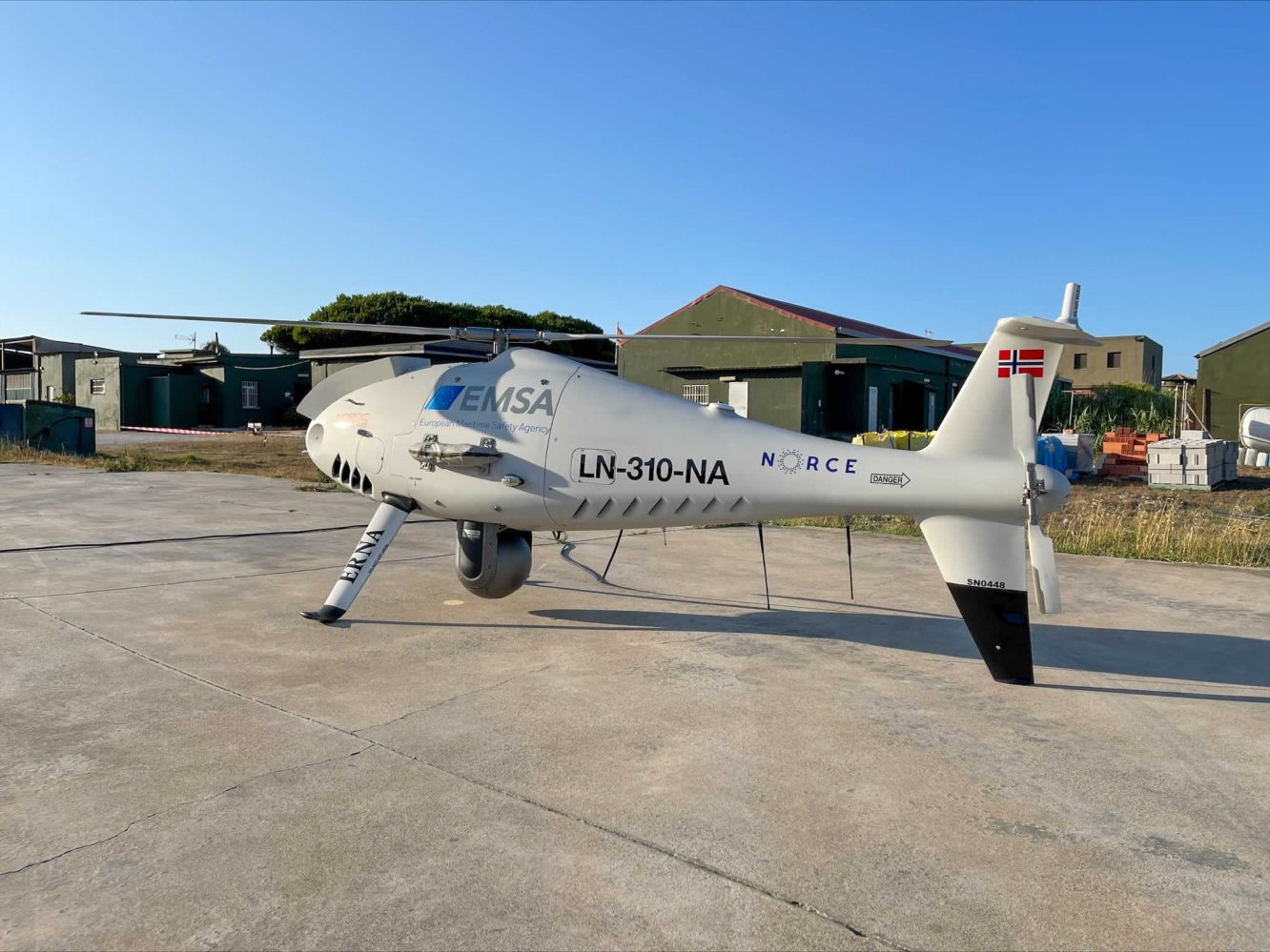
During much of this summer, uncrewed aerial vehicles (UAV) have been flying investigative missions over the Straight of Gibraltar, one of the world’s busiest shipping lanes. What the air-sniffing drones have learned is about 10% of the passing vessels violate sulfur emission limits in force since last year.
Remotely piloted aircraft (RPAS) have been flown around Gibraltar under a program operated by Spain’s Ministry of Transport, Mobility and Urban Agenda to check the degree of compliance with the new restrictions. The tightened 2020 limits were introduced by the International Maritime Organization (IMO) to cut the considerable percentage that global cargo shipping contributes to climate change.
The Spanish flights are the second campaign using European Maritime Safety Agency (EMSA) drones to detect vessels violating sulfur and dioxide emissions. The earlier trial, conducted by Lithuania, estimated that 2% to 3% of all ships entering the Baltic Sea did not conform to IMO 2020 standards. The ongoing Spanish missions are finding around 10% of large marine craft are close enough to or above maximum limits to merit follow-up inspections once in port.
The current Spanish operation began in July and runs through October. It uses EMSA-owned Schiebel CAMCOPTER S100 vertical takeoff and landing drones that fly two daily missions for maximum outings of six hours, and 60-plus miles each. The UAV are equipped with gas sensors that take aerial readings, and cameras covering optical and infrared spectral ranges that improve emission analyses. The results are communicated in real time to EMSA’s data center, where potential violators are flagged for definitive inspection once they reach their destination.
According to a preliminary report by the EMSA, 27 of the total 297 ships tested thus far appeared to violate the IMO 2020 sulfur oxide limits of 0.50% by fuel mass. During the Baltic Sea campaign, drones found at least 10 vessels in violation of sulfur emission thresholds. At least one of those was fined €10,000 for the infraction.
The EMSA says expanded use of RPAS in policing shipping compliance is planned for later this year and in 2022. Danish and French authorities have also worked with EMSA drones in similar emission testing programs, with many coastal European Union nations preparing to do likewise as part of their efforts to slow global warming.
FTC: We use income earning auto affiliate links. More.



Comments